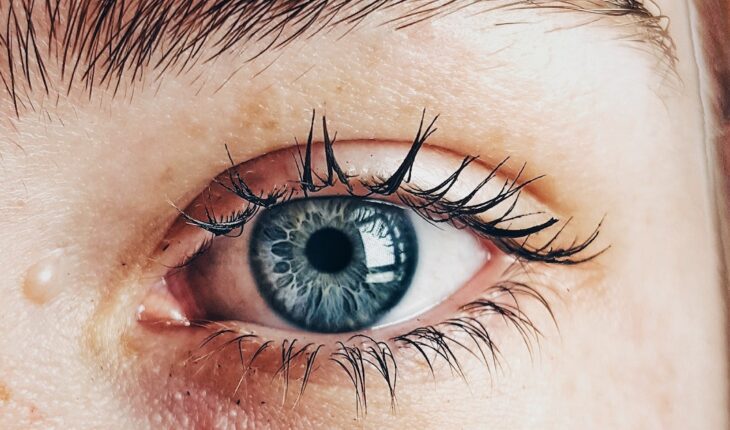
Google announced it is licensing its AI model focused on detecting diabetic retinopathy to partners in Thailand and India, two countries the tech giant says have a shortage of eye specialists.
Google Research teams partnered with foundational research partners Aravind Eye Hospital in India and Rajavithi Hospital in Thailand nearly a decade ago to research whether AI could be used to help reduce preventable blindness caused by diabetic retinopathy.
Today, the company announced it is partnering with healthcare providers and health-tech partners across the countries to distribute the developed AI-enabled diabetic retinopathy model to improve access to eyesight-saving care.
Google’s newly announced partners include India-based medical equipment manufacturer Forus Health, nonprofit ophthalmic manufacturing company AuroLab and Thailand-based AI-enabled medical imaging technology company Perceptra.
“We’ve also been working with the Thai Ministry of Public Health’s Department of Medical Services (DMS), which is responsible for the country’s diabetic retinopathy screening program, on implementation research and cost-effectiveness analysis. This collaboration is bringing our AI into Thailand’s National Innovation program and will pave the way for a partnership between Perceptra and DMS to apply the diabetic retinopathy AI model in public sector hospitals and help deliver impact at population scale,” Google wrote in a blog post.
The partners will work toward receiving local regulatory approvals to ensure clinical systems in both countries have access to the AI model,
The organizations have also set a goal to deliver six million AI-enabled screenings to communities in need at no cost to patients over the next decade.
THE LARGER TREND
In a study published in the Indian Journal of Ophthalmology, researchers stated that the number of people with diabetic retinopathy globally will increase from 126.6 million in 2010 to 191 million by 2030, with vision-threatening diabetic retinopathy rising from 37.3 million to 56.3 million.
In 2022, a study published out of Thailand in The Lancet revealed that deep learning algorithms could diabetic retinopathy in patients with diabetes on par with community specialists.
Researchers discovered that the deep-learning system could detect vision-threatening diabetic retinopathy with 94.7% accuracy, 91.4% sensitivity and 95.4% specificity. This was compared to the retina specialist over-readers, who performed with an accuracy of 93.5%, a sensitivity of 84.8% and a specificity of 95.5%.
In 2019, Alphabet’s life science subsidiary Verily unveiled real-world clinical use for its machine learning algorithm to screen for diabetes-related conditions, including diabetic retinopathy and diabetic macular edema. The tool was first rolled out in India and aimed at helping with the shortage of doctors worldwide.





